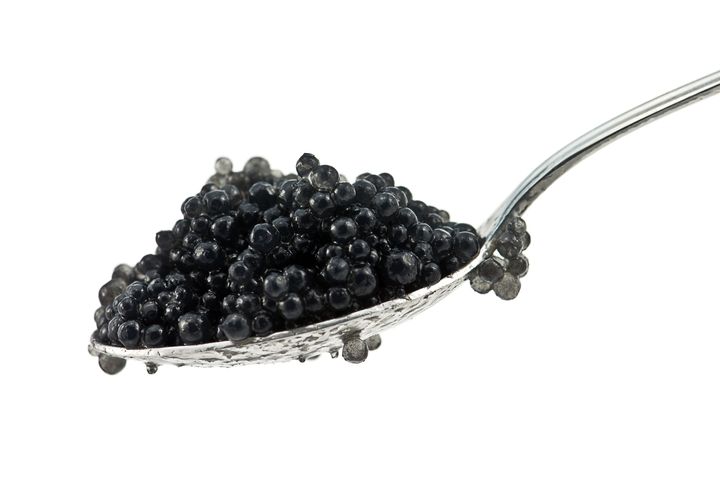
When the Convention on International Trade in Endangered Species (CITES) listed sturgeon as endangered and began regulating the caviar trade in 1998, experts hoped the move would help stop the sale of illegal and misleadingly labeled products.
Black caviar is produced by sturgeons and paddlefishes, which are protected by CITES. Both have suffered widespread declines in population abundance because of overfishing, habitat degradation and illegal trade in caviar. Those looking to get around restrictions will sometimes attempt to intentionally mislabel caviar products.
Last week came the good news: regulation efforts worked.
The New York Times writes that scientists from the Institute of Conservation Science at Stony Brook University and the Sackler Institute for Comparative Genomics at the American Museum of Natural History have released a study of the caviar market in New York City, conducted between 2006 and 2008. Research examined the amount of commercially-available sturgeon caviar whose species was mislabeled, like the less-prized baeri as osetra. It found a nearly 50 percent decrease in fraudulently-labeled caviar.
In a release, the Institute of Conservation Science at Stony Brook University explained the importance of the research:
“It’s encouraging that the extent of illegal trade has diminished in recent years since international trade restrictions have come into force. Consumers can now be highly confident that what’s written on the label accurately describes what’s in the tin,” said Dr. Ellen K. Pikitch, co-author and executive director of the Institute for Ocean Conservation Science and professor at Stony Brook University. “However, preventing the extinction of critically endangered species such as the beluga sturgeon requires a full court press. Importantly, smaller fishing allowances, including bans on fishing in key geographic areas and better enforcement of fishing regulations, are needed to give depleted sturgeon populations a fighting chance to recover.”
Results of the study were published in the journal PLoS ONE and compared the results of two market surveys conducted a decade apart. The first, conducted between 1995 and 1996, examined the state of the caviar market before the sturgeon was listed as endangered and showed that 19 percent of commercially available caviar in the New York City market was mislabeled. The second survey, conducted between 2006 and 2008, showed that mislabeling had dropped to 10 percent in the same market, and found only with products bought online.
The PLoS ONE article noted that reasons for mislabeling a product likely vary. Of several scenarios, here's one:
Replacement of beluga with A. gueldenstaedtii, A. naccarii, or A. baerii ... could be due to the scarcity of beluga sturgeon or the 2004 Endangered Species Act listing of beluga sturgeon that made US import of beluga illegal as of 2005. If this caviar (purchased in 2006) had been confirmed as beluga, it could have been legal given caviars’ shelf-life of 18 months.
Researchers used mitochondrial DNA-based testing methods to identify improperly labeled products, leading members of the team to suggest its adoption in real-time official inspections.